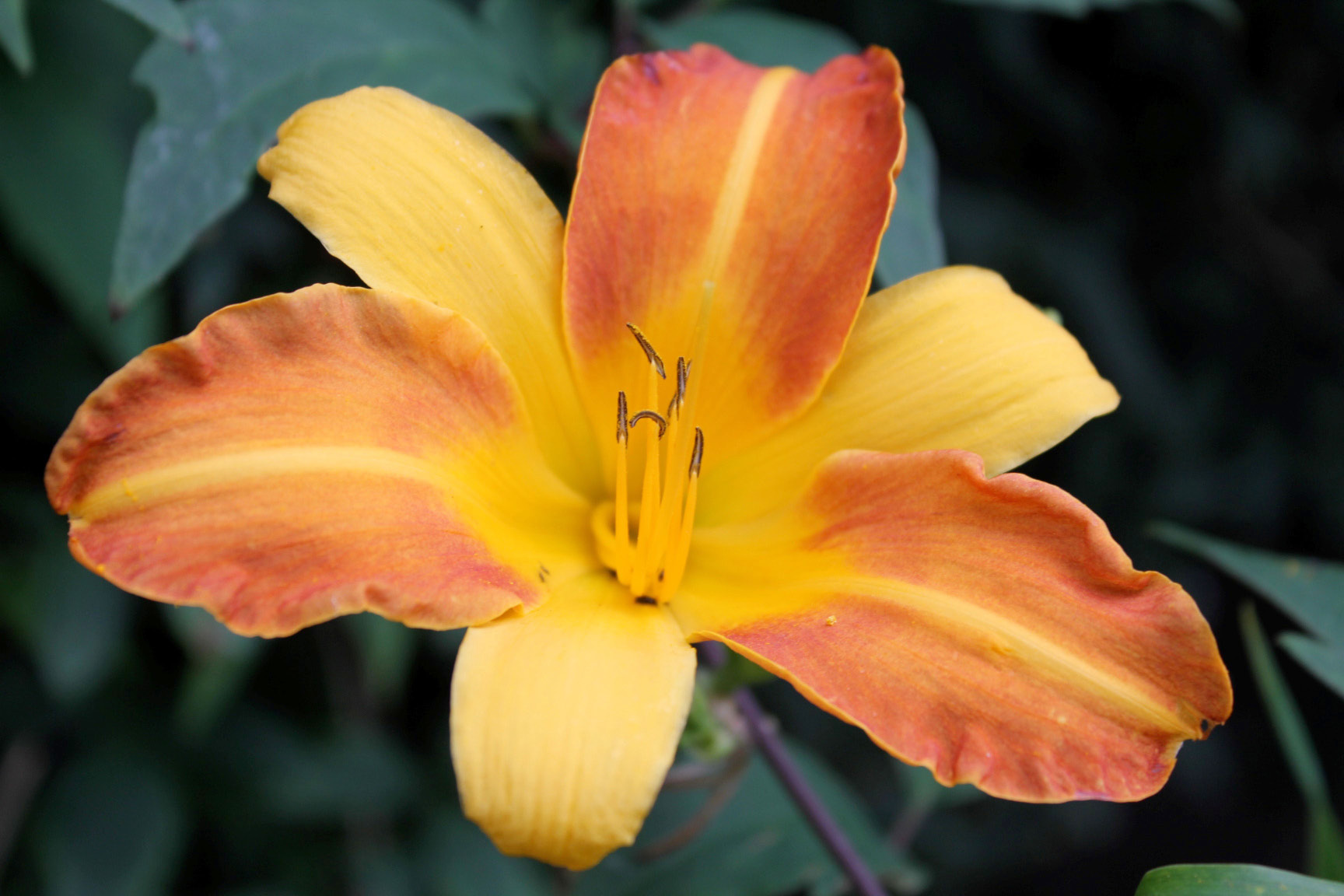The garden can be a sultry place in August; it’s often warm and humid, sometimes thundery, but (fingers crossed) it can also be hot and dry. The light is different at the end of the season and the fresh, clear colours of early summer are softening and deepening. It’s time for a change of tone and for richer, deeper hues. You could start small and just give your houseplants a holiday, as many will appreciate a breath of fresh air. Just be careful to put them somewhere shady and don’t forget to bring them in before the weather starts to cool. For more long-lasting impact there are some exotic looking, but surprisingly hardy plants out there to ensure that even if we can’t get away for a lush and steamy holiday, we can create a relaxing outdoor space, even a little patch of tropical paradise. It is good to know (especially for those of us in a permanent holiday mood) that we can turn up the heat in the garden borders, whatever the weather.
Practicalities
Many of the large leaved, high impact plants come from areas of high humidity (hence the large floppy leaves and big bold flowers to attract tropical pollinators) and need plenty of moisture to keep them looking good. Containers will need lots of watering and borders will benefit from a deep, damp mulch of organic matter. If the winter is frozen and wet there may be casualties, as these plants are eking it out at the edges of their comfort zones. Cannas and some Dahlias will need to be lifted and stored over the winter somewhere frost-free, where they will wait in a dormant state as they retreat into fleshy rhizomes for the colder months.
Unless you are able to offer protection to tender plants over the winter it is best to stick with hardy plants that have a jungle look, rather than dicing with the properly tropical. There are plenty of lush and leafy plants that will look good all year round and many spectacular flowers that will keep going until the first frosts.
Lush leaves
Plants that come from warm and humid places grow big floppy leaves because they don’t have to conserve water. In general, plants with big, lush leaves will not appreciate scorching, dry conditions and will quickly frazzle if planted in poor, free-draining soil and exposed to harsh sunlight. Many of them would be instantly killed by the faintest touch of frost too, but there are some large leaved plants that are able to withstand the worst of our weather without much help. The castor oil plant, Fatsia japonica, with its big, shiny, palm-shaped leaves will manage well in a shady corner. If you have really damp soil, try Rheum palmatum (an ornamental rhubarb), Rodgersia, or Ligularia for the lush, leafy look. If you are looking for a sun-worshipper, then an architectural cardoon, or artichoke will provide large-leaved impact. And for something that puts up with almost any conditions, try a plume poppy (Macleaya cordata) with big, beautifully sculpted leaves; but beware – mine pops up (is this why they’re called poppies?) all over the place.
Exotic climbers and creepers
Vines are an essential part of a tropical theme, adding height to the heat and helping to create a mini jungle. Climbers can be trained on walls or fences to provide a backdrop, but they can also work well when grown up supports or obelisks within the border. If you want a really jungly look, they can be left to scramble about through the borders, using the other plants for support, or as trailing ground cover. Choose perennials like Passion flowers (Passiflora), the Trumpet vine (Campsis), or the deliciously scented Chocolate vine, Akebia quinata. Some fast growing, tender climbers are grown as annuals and once planted out (after the frosts have passed) will race up their supports and flower by late summer. Try the Cup and Saucer plant, Cobaea scandens, Black-eyed Susan (Thunbergia alata) or Spanish Flag (Ipomoea lobata).
Annual impact
Tender annuals need to be sown under cover in early spring and kept in a frost free place until it’s safe to plant them out in the garden. They grow quickly – many will be flowering by June and, because setting seed for the next generation is their only aim in life, if regularly deadheaded they will keep on flowering until the first frosts. Reliable favourites like Cosmos (try a gorgeous bright pink one called C. ‘Dazzler’), Tithonia, Antirrhinum and Nicotiana will ensure that any gaps in the border will be packed full of colour for the summer.
Late summer dazzlers
Whites and pastels can look insipid and dull in the sunny parts of the garden; the colour bleaches away and looks wishy-washy in strong light. Perhaps it’s something to do with the change in light at this time of the year, or the stillness of August, when nothing seems to happen, that makes me want to shake things up and cause a stir in the borders. Or is it the holiday mood/last hurrah that makes me relax and enjoy the clash of hot colours around now: a searing pink Dahlia next to a clear bright orange Tithonia? Why not? Or lime green Nicotiana, even a bright yellow daisy (‘surely not yellow?!’ I hear you cry) up against the deep burgundy leaves of Cotinus coggygria, or Heuchera ‘Plum Pudding’? Clashtastic! Dahlias, Fuchsias, Rudbeckias and Cosmos will happily put on a carnival of colour and will last for ages if deadheaded regularly. Jazz it up and let the brash blooms abound.
It is exciting playing with colours and leaf shapes, whether that’s in the garden borders or a few containers on the patio. Our seasons seem to be changing and the summer and early autumn stays warm for longer now, extending the time we can spend outside. So we can stay in holiday mood, throw caution and colour co-ordination onto the compost heap; let’s make a jungle out there.
TEST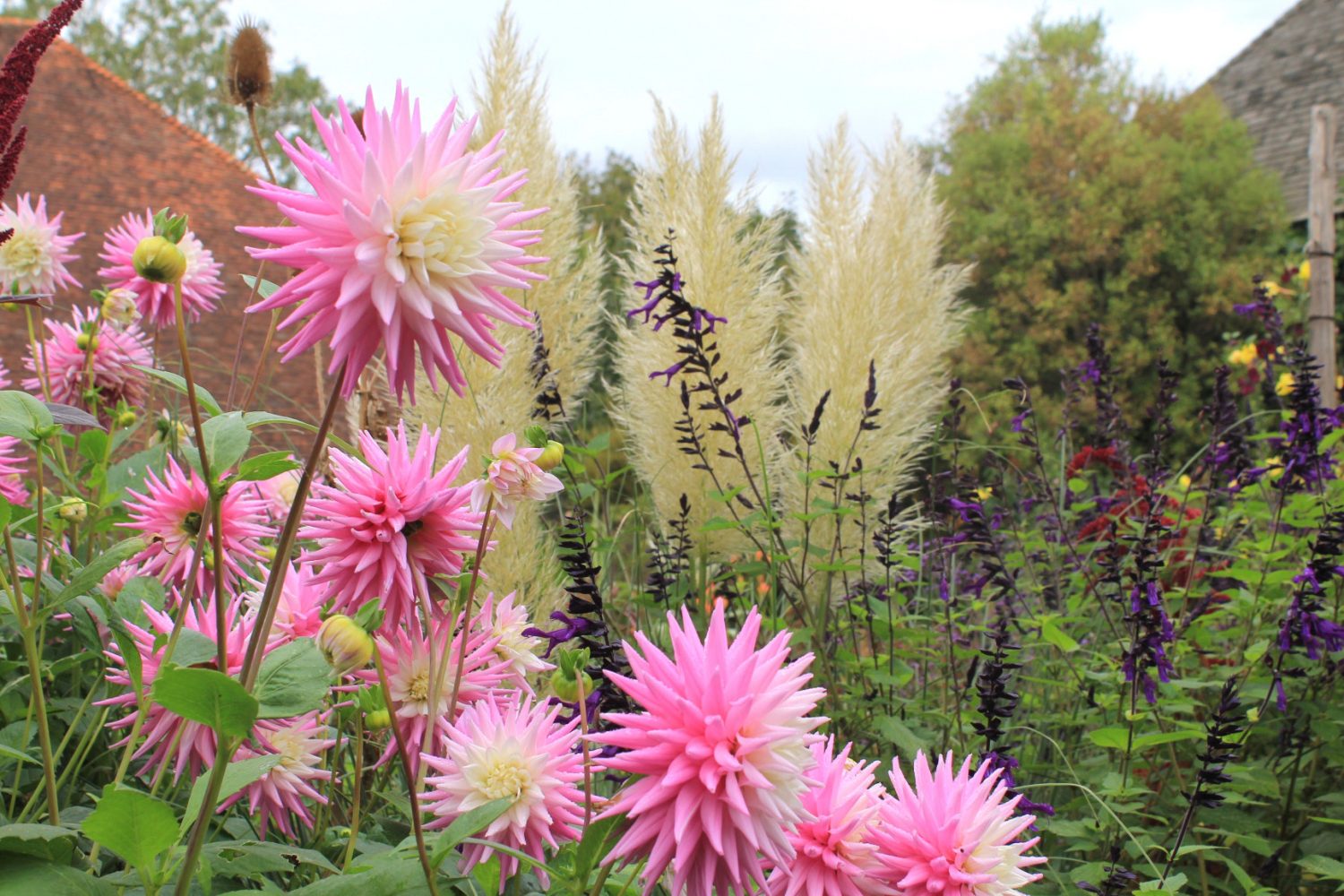 TEST
TEST
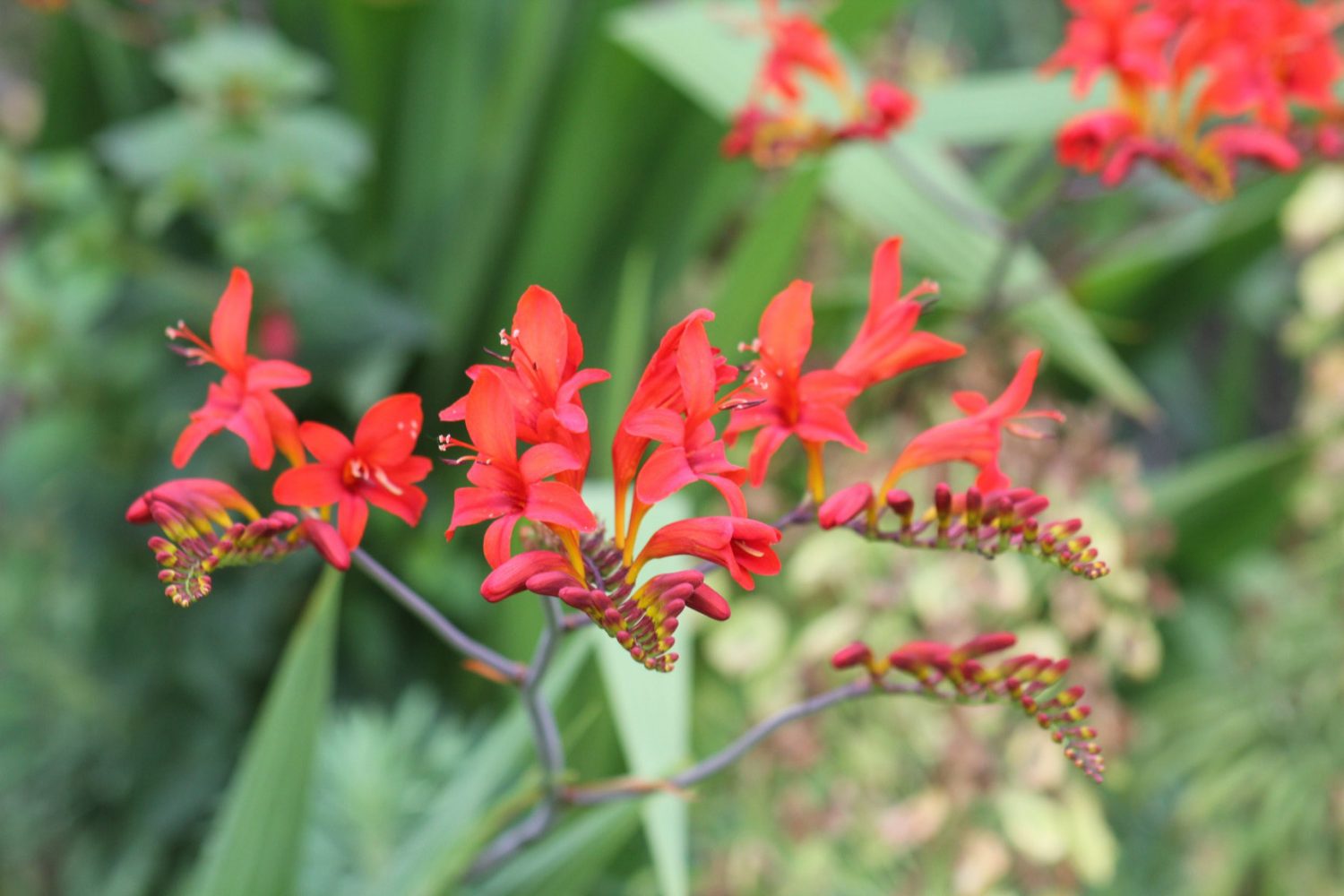 TEST
TEST
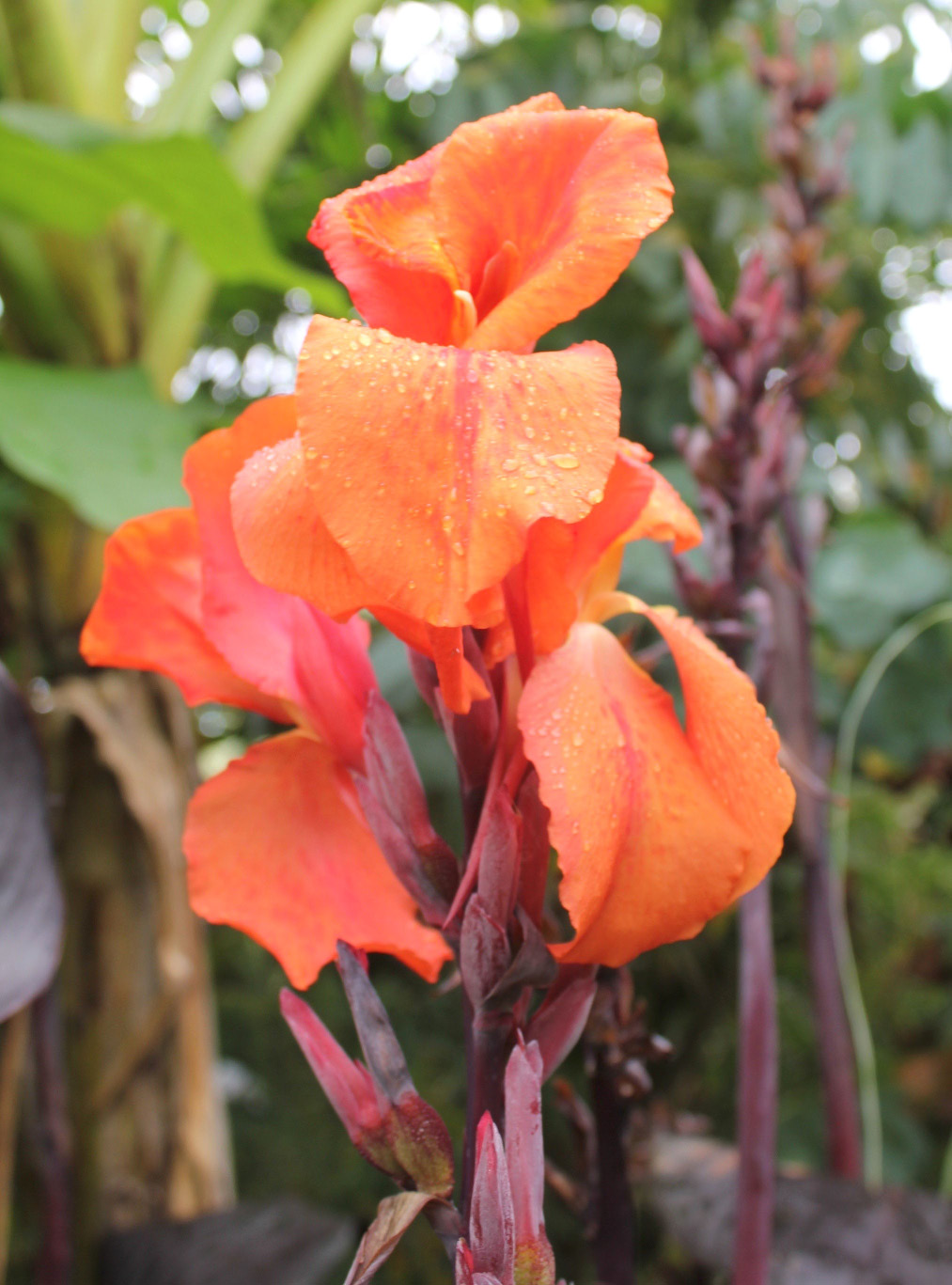 TEST
TEST
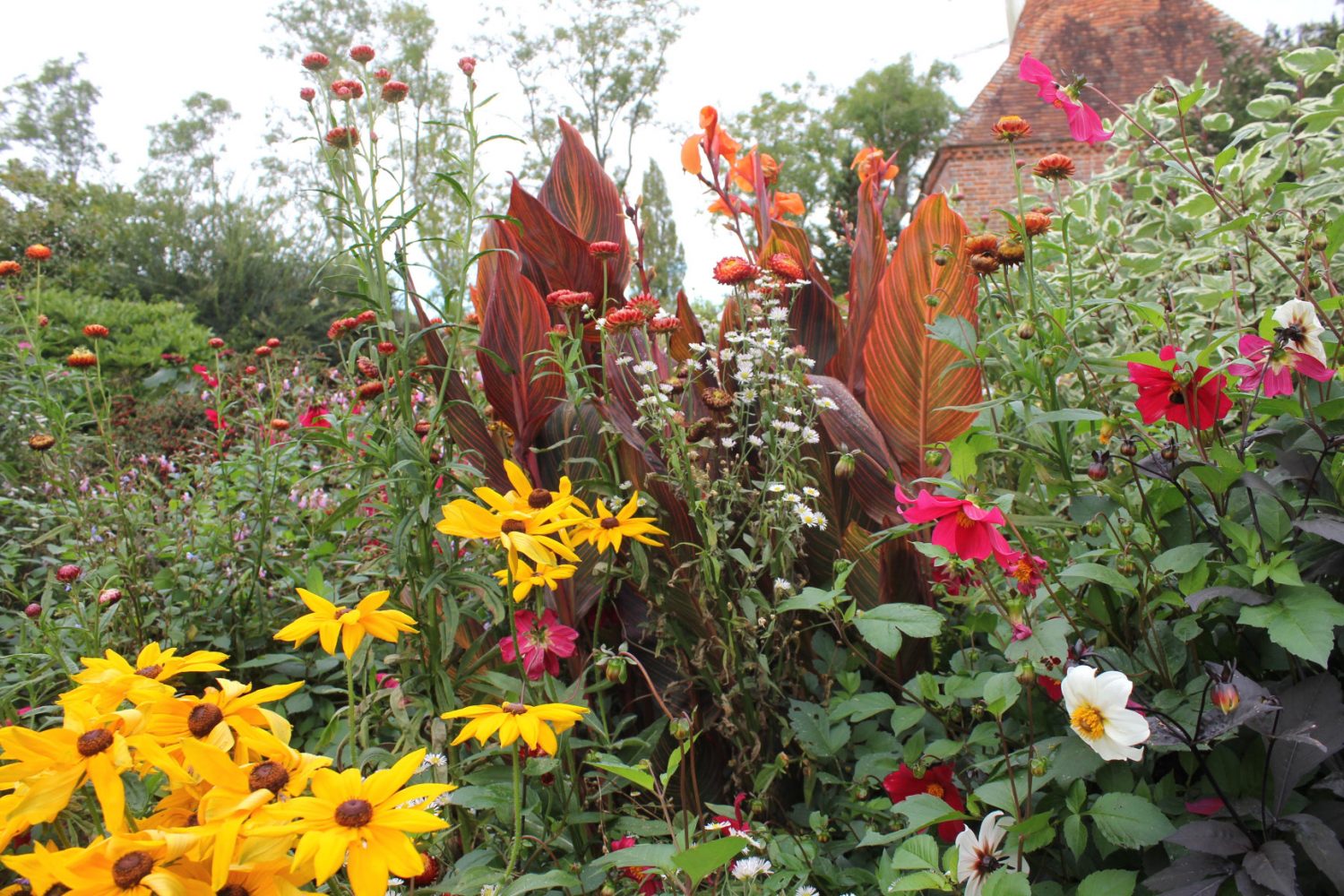 TEST
TEST
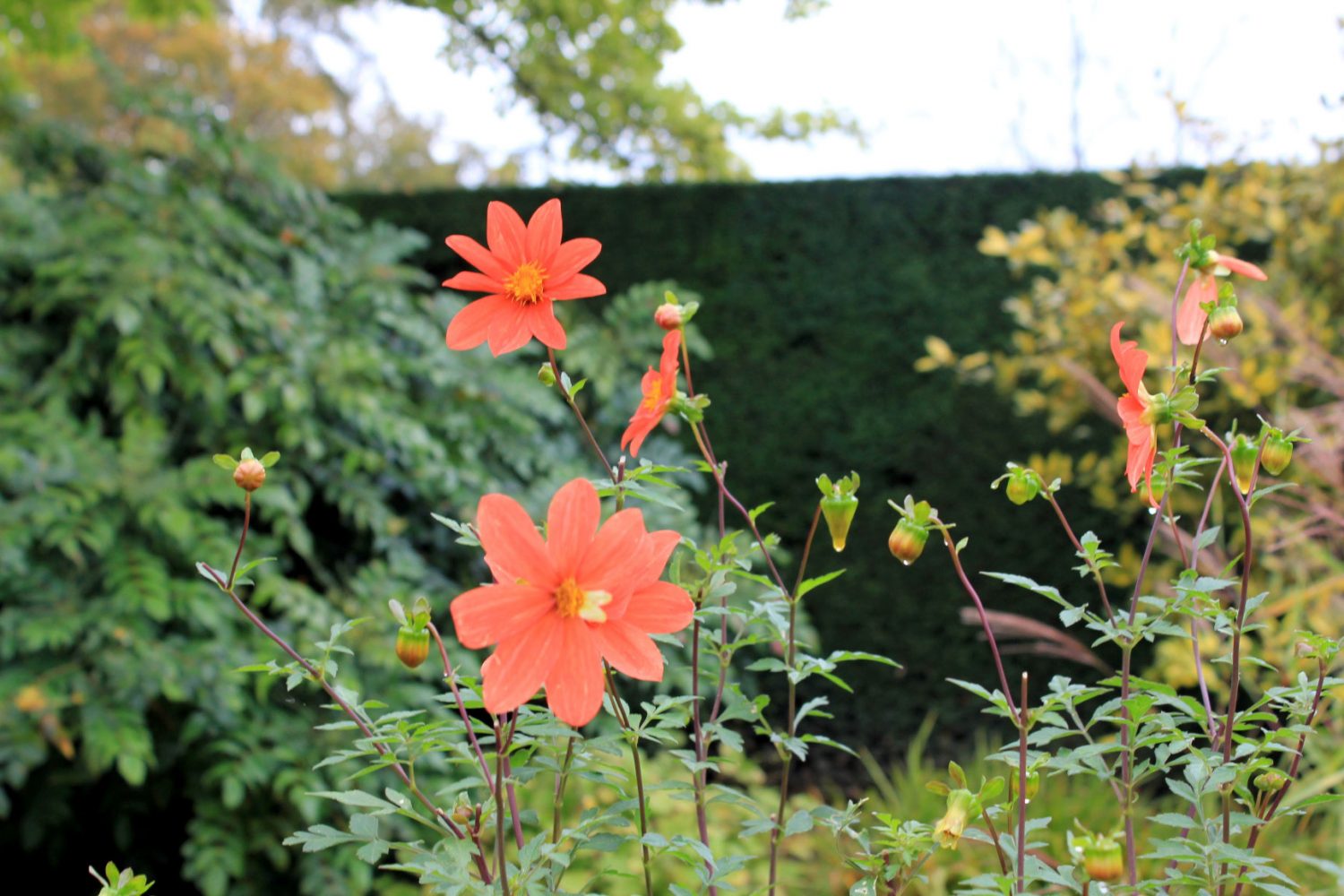 TEST
TEST
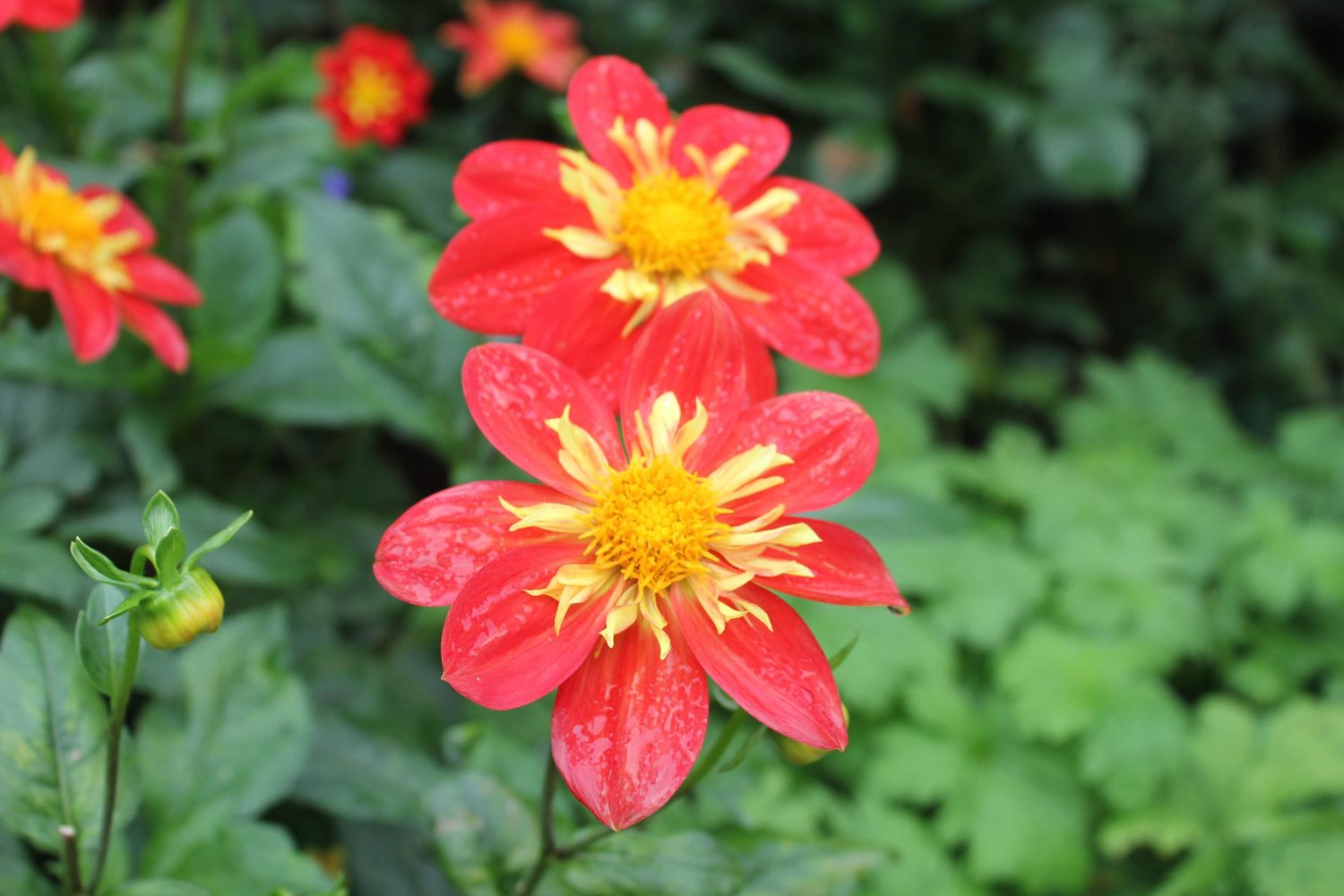 TEST
TEST
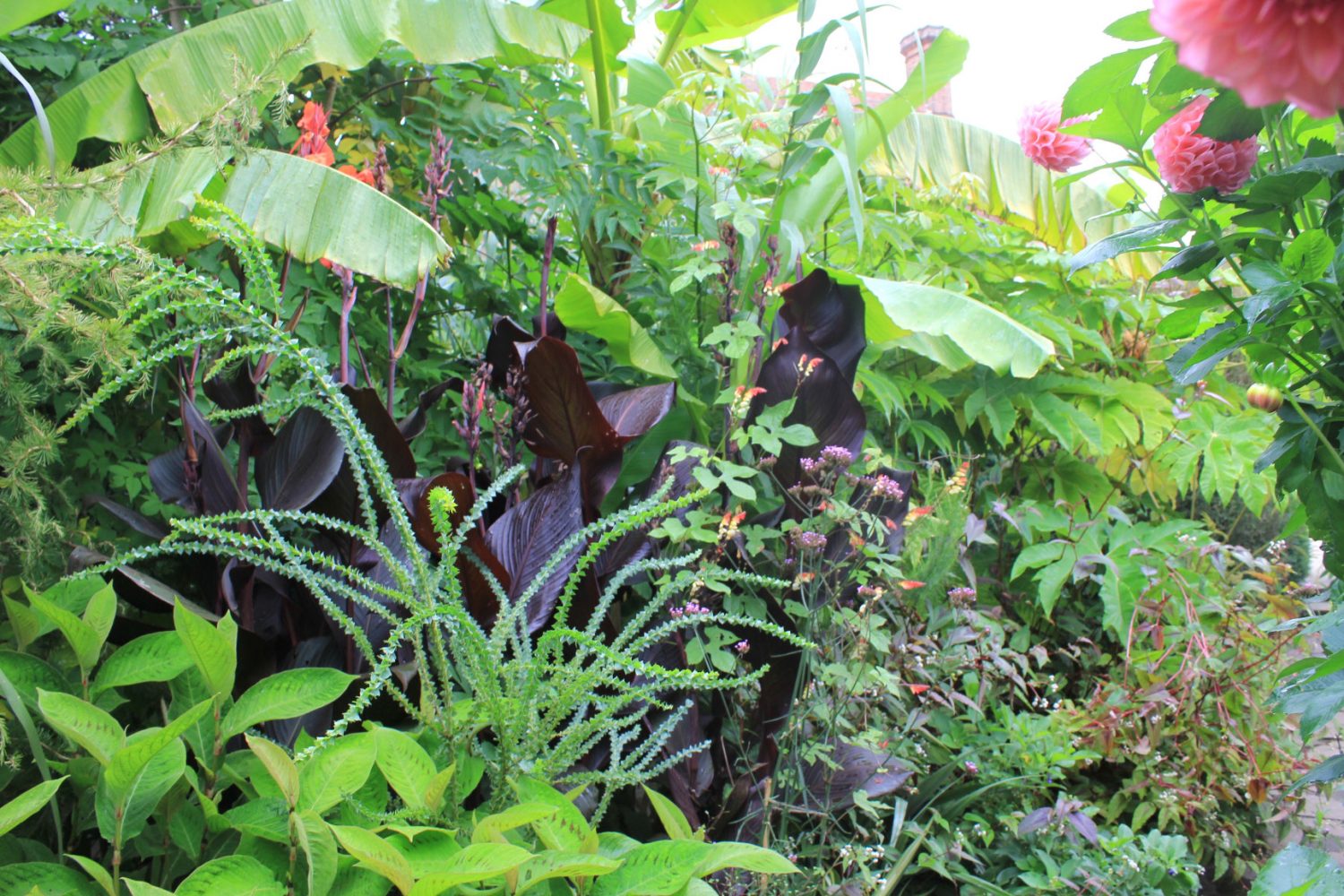 TEST
TEST
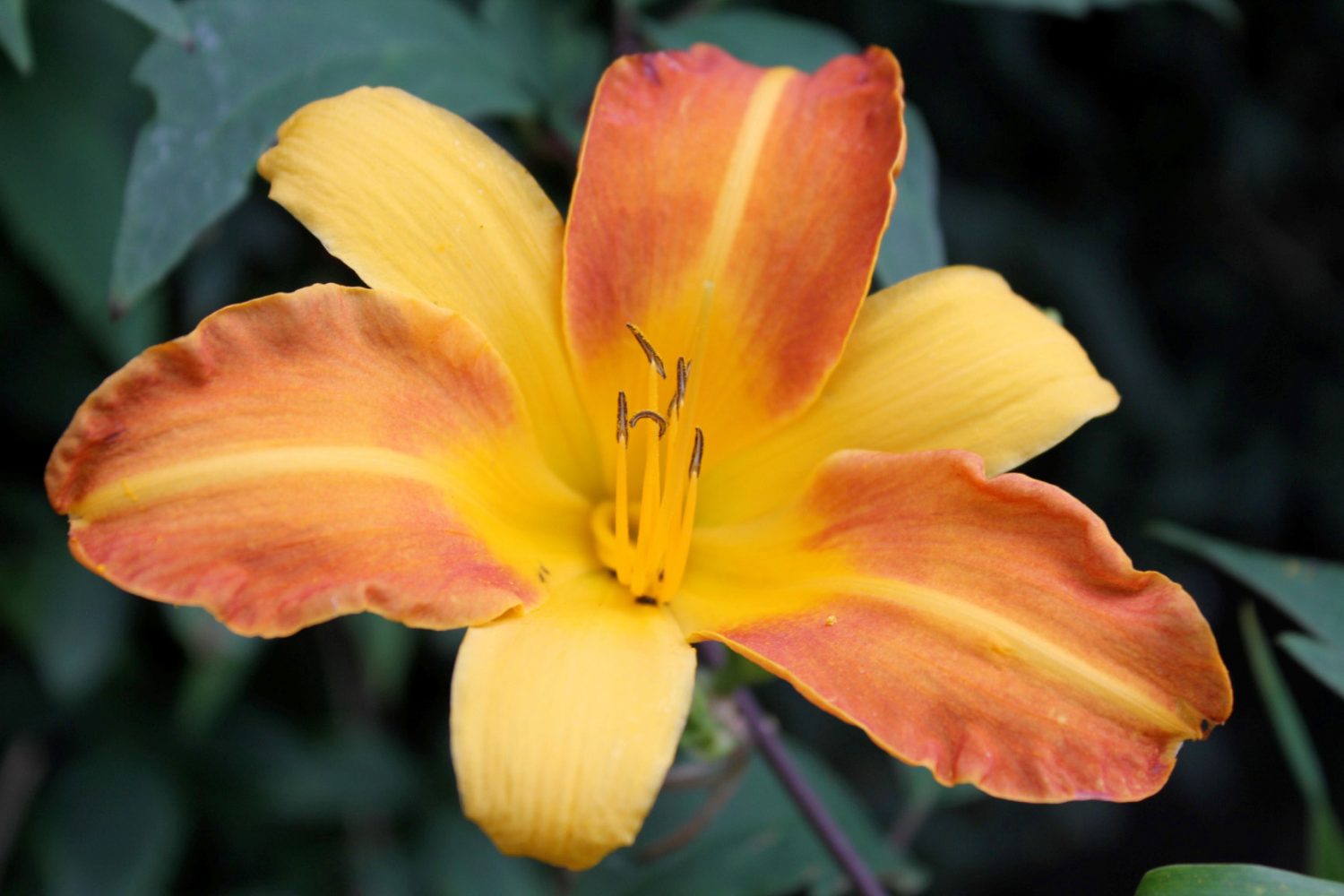 TEST
TEST
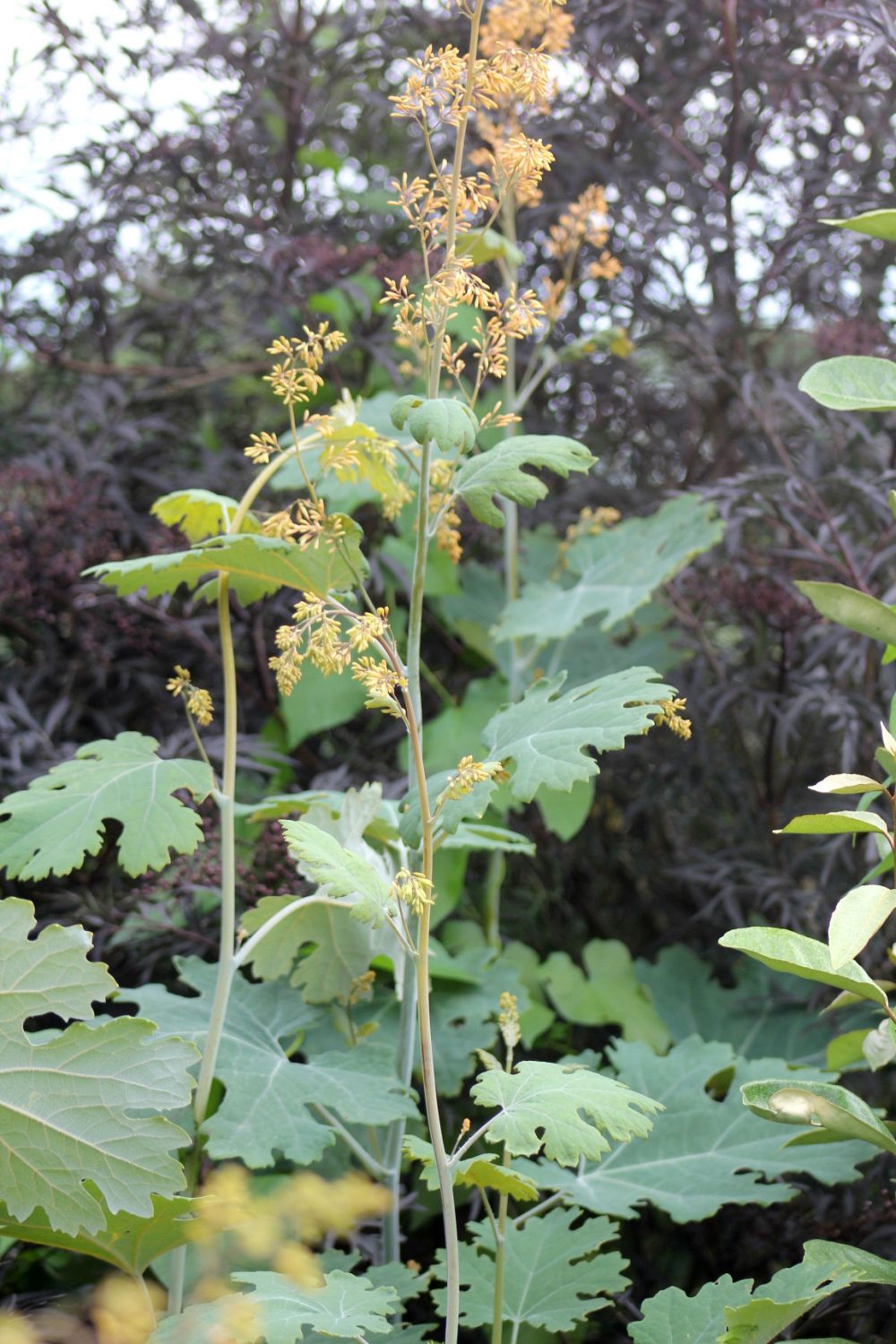
- words: Jo Arnell
You may also like
Go with the Flow
Sue Whigham shares some valuable new-to-gardening advice I’m sure that by now we should be used to the rain but I’m not entirely sure that we are. We had a dry, sunny day the other day and how everybody’s mood...
Farm Fables
Jane Howard gets to the bottom of why so many ponds have disappeared across the High Weald I have a new passion, almost an obsession, it’s about ponds. And there’s a distinct possibility I might become a bit of a...
Hedge Issues
Sue Whigham takes a meander along nature’s verdant and vital corridors Recently the BBC’s Today programme carried a feature about England’s hedgerows which created a lot of interest among listeners. On the strength of that, Martha Kearney interviewed one of...
